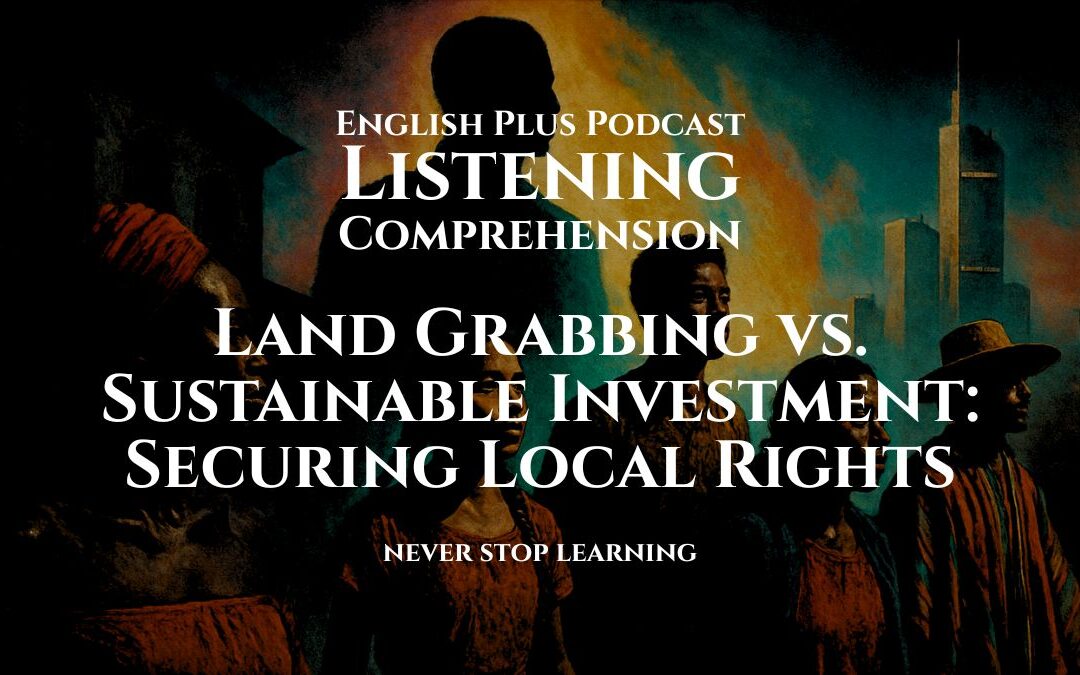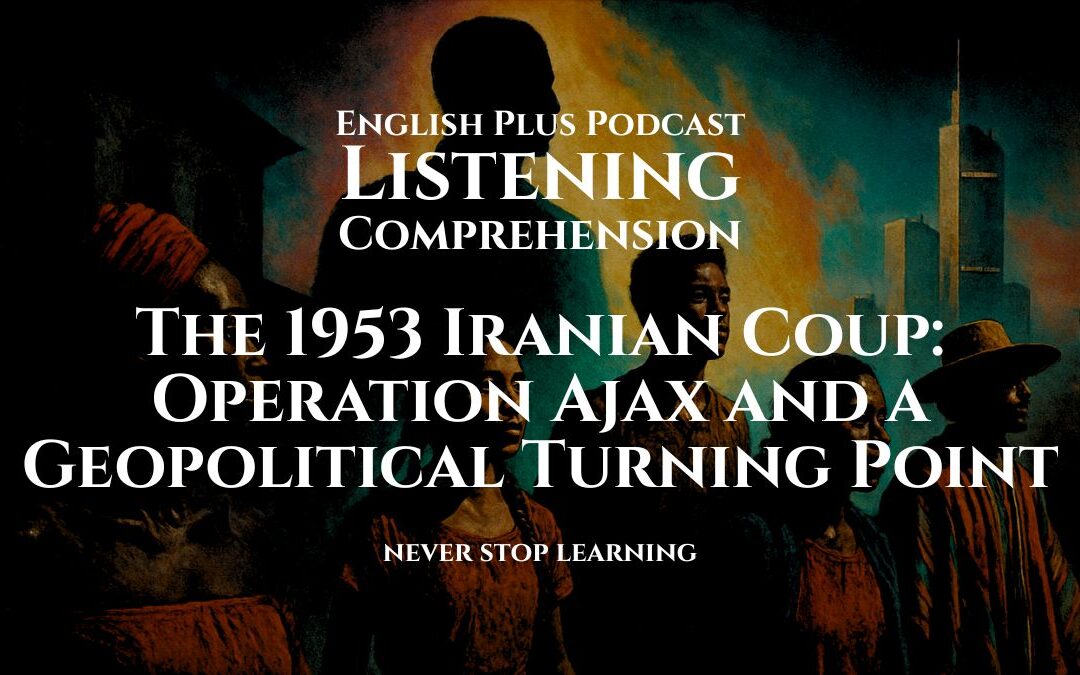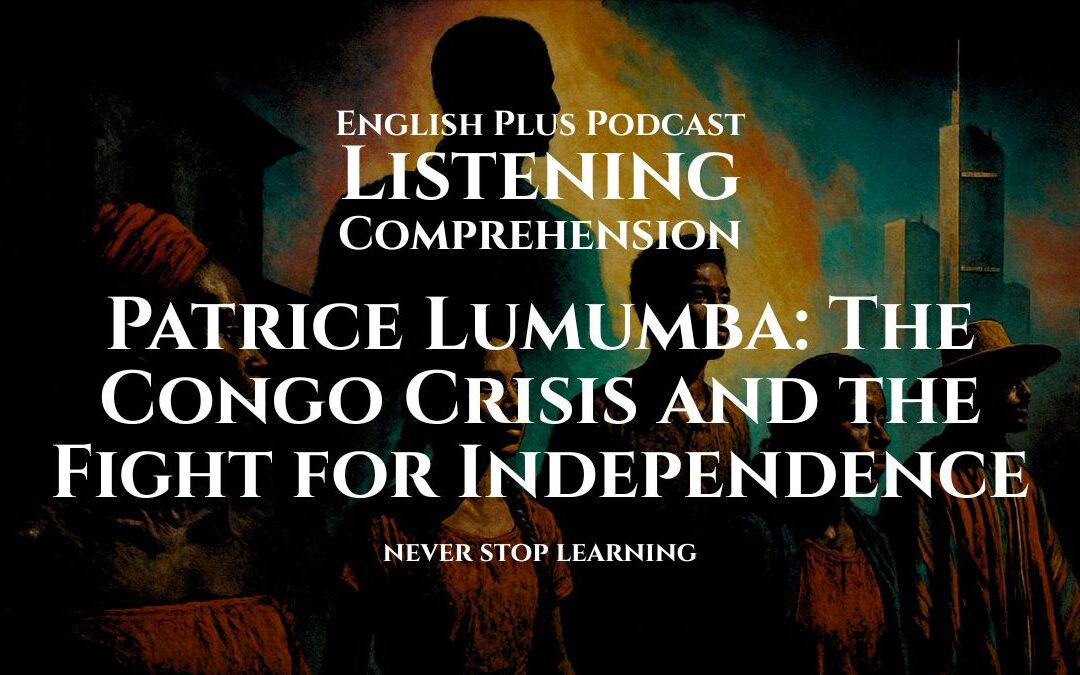The Role of Public and Private Partnerships
Let’s start with the basics:
- Public Education: Traditionally, schools are funded by taxes and governed by elected school boards accountable to the public at large.
- Private Sector in Education: This involves businesses, nonprofit organizations, and even religious institutions playing a role in shaping education.
Why the Blend?
Supporters of public-private partnerships make several points:
- Innovation: Private businesses can bring fresh ideas, technology, and real-world expertise to sometimes rigid educational systems.
- Filling the Gaps: In areas with underfunded public schools, private support can offer extra resources and opportunities.
- Market Competition: Some believe private involvement forces public schools to “up their game” and become more efficient.
The Potential Pitfalls
It’s not a perfect picture. Critics raise concerns:
- Loss of Public Control: When private entities have too strong a hand in decision-making, community voices can be sidelined.
- Profit-Driven Motives: Education isn’t always a profitable business. Will private companies prioritize student needs or their bottom line?
- Equity Worries: If private resources are unevenly distributed, this can worsen the disadvantage already faced by poorer communities.
Real-World Examples
This isn’t just theoretical. Public-private partnerships are happening around you:
- The Tech Giant and the Classroom: A school district partners with a software company to develop new digital learning tools.
- Corporate-Sponsored Schools: A chain of charter schools receives funding from businesses and incorporates career-readiness programs into the curriculum.
- The Textbook Debate: Private publishers exert significant influence on what gets taught, with decisions sometimes driven by ideology as much as educational need.
Where Do You Stand?
The success of public-private partnerships ultimately hinges on a few key factors:
- Transparency: Clear rules and openness about how money flows and who makes decisions are essential.
- Accountability: The public interest must still be protected, with measurable goals and evaluation processes in place.
- Equity as Priority: Partnerships should aim to reduce disparities, not widen them.
Taking Informed Action
Education policy isn’t confined to a far-off boardroom; it affects your community. Here’s how to make a difference:
- Learn More: Research how partnerships are playing out in your local school district.
The future of education rests on how well we navigate the delicate balance between public good and private influence. Staying informed and engaged gives you a voice in shaping a system that supports all learners.
Why Should You Care?
- Your Child’s Education: Public-private partnerships increasingly influence what and how students learn. Understanding this trend helps you be a more informed advocate for your child.
- Taxpayer Accountability: Your tax dollars often fund these partnerships. Staying informed ensures your money is spent in ways that align with your values.
- The Future of Education: This debate is shaping education’s direction. Participating makes you a part of deciding what kind of school system we want for all children.
Key Takeaways
- Public-private partnerships blur the line between public education and business interests, raising both opportunities and concerns.
- These partnerships can offer resources and innovation, but also raise issues about control, profit motives, and potential loss of equity.
- Transparency, accountability, and prioritizing equity are essential for successful public-private partnerships in education.
Keywords and Definitions
- Public Education: Schools primarily funded by taxes and governed by publicly elected bodies.
- Private Sector: Businesses, for-profit organizations, non-profit groups, and other non-governmental entities.
- Public-Private Partnership: A collaboration between public schools and private entities involving sharing resources, decision-making, or service delivery.
- Charter School: A publicly funded school operating with more autonomy than traditional public schools, often with involvement from private entities.
- Equity (in Education): Ensuring all students have the resources and support needed to succeed, regardless of their background.
- Bottom Line: A company’s overall profit or loss – a concern when profit-seeking businesses become involved in education.
- Transparency: Openness and honesty about how decisions are made, funding is spent, and outcomes are measured.
- Accountability: Being answerable to the public interest and having clear measures of success or failure.
- School District: The administrative unit responsible for public schools within a defined geographic area.
- Stakeholder: Anyone with a vested interest in education, including parents, students, teachers, taxpayers, and the wider community.
Frequently Asked Questions
- Are charter schools public or private? They’re a hybrid. They receive public funding but operate with more independence, often involving private sector partners.
- Can private companies replace public schools altogether? This is a controversial debate (school vouchers). Currently, even with partnerships, public systems remain the backbone of education in most countries.
Myth Buster
- Myth: Private businesses are always more efficient than public schools. Reality: Both public and private sectors can suffer from bureaucracy and waste. Neither has a monopoly on good management.
Let’s Talk
- Do you have any direct experience with public-private partnerships in your local schools? Was it positive or negative?
- Should profit-driven companies have a say in curriculum development or school management? Why or why not?
- How can communities ensure that partnerships in education truly benefit ALL students, not just the most privileged?
Let’s keep the conversation going – share your thoughts in the comments below!











0 Comments